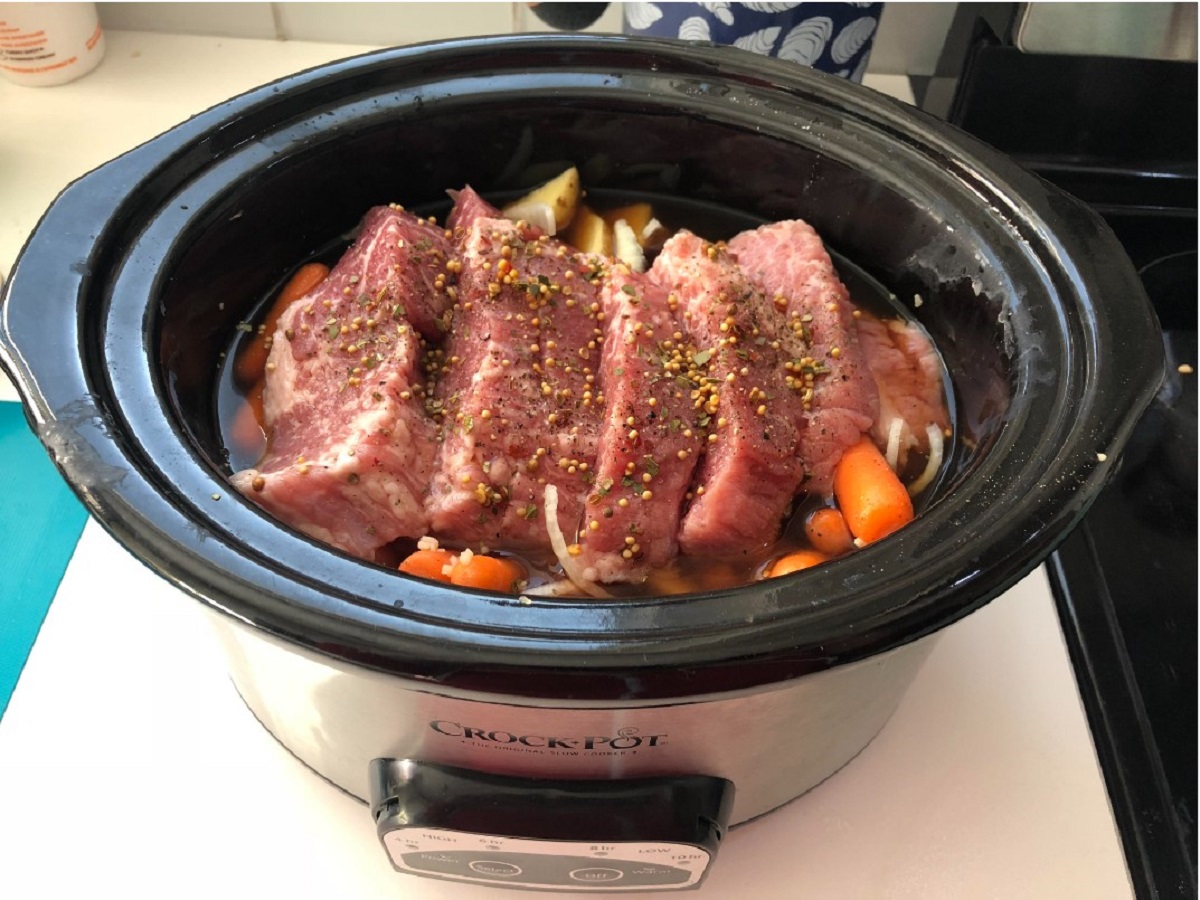

Articles
How Do I Cook A Brisket In A Slow Cooker
Modified: October 19, 2024
Learn how to cook a tender and delicious brisket in a slow cooker with this helpful article. Discover expert tips and tricks for the perfect slow-cooked brisket.
(Many of the links in this article redirect to a specific reviewed product. Your purchase of these products through affiliate links helps to generate commission for Storables.com, at no extra cost. Learn more)
Introduction
When it comes to cooking a delicious and tender brisket, a slow cooker can be your best friend. This versatile kitchen appliance allows you to create mouthwatering brisket dishes with minimal effort and maximum flavor. Whether you are a seasoned cook looking to try a new method or a beginner in the kitchen, cooking brisket in a slow cooker is a foolproof way to achieve tender, juicy results every time.
Not only does slow cooking help to break down the tough fibers in the meat, resulting in a melt-in-your-mouth texture, but it also allows the flavors to develop and infuse into every bite. With the right cut of brisket, proper seasoning, and a little bit of patience, you can create a memorable meal that will impress your family and friends.
In this article, we will guide you through the process of cooking a brisket in a slow cooker, from choosing the perfect cut of meat to serving it up on your plate. So, dust off your slow cooker, get ready to tantalize your taste buds, and let’s dive into the world of slow-cooked brisket.
Key Takeaways:
- Cooking brisket in a slow cooker is a foolproof way to achieve tender, juicy results every time. Choose the right cut, season it to perfection, and savor the melt-in-your-mouth experience with family and friends.
- After slow cooking, allow the brisket to rest before slicing to ensure maximum flavor and tenderness. Pair it with complementary side dishes, sauces, and garnishes for a delightful dining experience.
Read more: How Do I Cook A Rib Roast In A Slow Cooker?
Choosing the Right Brisket
Choosing the right cut of brisket is crucial to achieving a tender and flavorful outcome. Brisket is typically divided into two sections: the flat and the point. The flat cut, also known as the “first cut,” is leaner and more uniform in shape, making it easier to slice. The point cut, on the other hand, has more marbling and is more flavorful, but it can be slightly tougher to slice due to its uneven shape.
When selecting a brisket, look for one that has a nice layer of fat on one side. This fat will baste the meat as it cooks, resulting in a moist and tender brisket. Look for a brisket that is well-marbled, as this will contribute to the flavor and juiciness of the meat. Avoid briskets that have excessive fat or are overly lean, as they may result in a dry and less flavorful end product.
The size of the brisket will depend on the number of servings you plan to make. A general rule of thumb is to estimate about half a pound (225 grams) of cooked brisket per person. Keep in mind that brisket tends to shrink during the cooking process, so it’s better to err on the side of caution and choose a slightly larger cut.
If possible, opt for a grass-fed or organic brisket. These types of briskets are typically more tender and flavorful, due to the quality of the meat and the diet of the animal. However, if grass-fed or organic options are not available, a regular choice will still yield satisfying results.
Remember to check the freshness of the brisket by looking for a bright, red color and a firm texture. If the brisket has a strong odor or feels slimy, it may not be fresh and should be avoided.
Now that you have the perfect brisket in hand, it’s time to move on to the next step: preparing the brisket for slow cooking.
Preparing the Brisket for Slow Cooking
Preparing the brisket before placing it in the slow cooker is essential for achieving optimum tenderness and flavor. Follow these steps to ensure your brisket is ready for slow cooking:
- Trimming: Start by trimming any excess fat from the brisket, leaving a thin layer of fat intact. This will help to prevent the meat from becoming greasy while it cooks. Additionally, trimming off any silver skin or tough connective tissue will result in a more enjoyable eating experience.
- Marinating (optional): While not necessary, marinating the brisket can add an extra layer of flavor. You can choose to marinate the brisket overnight in a mixture of your favorite seasonings, such as soy sauce, Worcestershire sauce, garlic, and spices, to infuse it with additional taste. Make sure to pat the brisket dry before marinating to help the flavors adhere better to the meat.
- Bringing to room temperature: Before cooking the brisket, allow it to come to room temperature. This ensures more even cooking and helps the meat retain its natural juices.
- Searing (optional): Searing the brisket before slow cooking can help develop a nice crust and enhance the flavor. Heat a skillet or a grill pan over high heat and sear the brisket on all sides until browned. This step is optional but highly recommended for those who prefer a deeper flavor profile.
By following these preparation steps, you will set the stage for a tender and succulent brisket once it has been slow-cooked to perfection. Now it’s time to move on to seasoning the brisket.
Seasoning the Brisket
Seasoning the brisket is a crucial step in elevating its flavor. Here are some tips to ensure your brisket is seasoned to perfection:
- Salt and pepper: Start by generously seasoning the brisket with salt and pepper on all sides. This will help enhance the natural flavors of the meat.
- Rub or marinade: If you opted not to marinate the brisket earlier, you can now apply a flavorful rub or marinade. There are countless recipes available for brisket rubs, ranging from simple combinations of spices to more complex mixtures. Common ingredients include garlic powder, onion powder, paprika, chili powder, brown sugar, and dried herbs. Apply the rub or marinade evenly, covering all surfaces of the brisket.
- Acidic ingredients: Consider adding a touch of acidity to the seasoning to help tenderize the meat. This can be in the form of citrus juice, vinegar, or wine. However, be cautious not to overdo it, as excessive acidity can overpower the flavors.
- Additional seasonings: Feel free to experiment and add other seasonings based on your personal taste preferences. This could include spices like cumin, coriander, mustard powder, or even a hint of smokiness with liquid smoke.
Once you have seasoned the brisket, gently pat the spices into the meat to ensure they adhere properly. At this point, if you have time, you can let the seasoned brisket sit in the refrigerator for a few hours or overnight. This allows the flavors to penetrate the meat more deeply, resulting in a more flavorful end product. However, if time is limited, you can proceed directly to cooking the brisket in the slow cooker.
Now that your brisket is seasoned to perfection, let’s move on to the next step: cooking the brisket in a slow cooker.
For a tender and flavorful brisket in a slow cooker, sear the meat first to lock in juices, then add a flavorful liquid like beef broth or barbecue sauce. Cook on low for 8-10 hours for best results.
Cooking the Brisket in a Slow Cooker
Now that your brisket is properly prepared and seasoned, it’s time to start the slow cooking process. Follow these steps to ensure a delicious and tender brisket:
- Preheat your slow cooker: Before placing the brisket in the slow cooker, preheat it on the low or high setting, depending on your preferred cooking time. This helps ensure that the cooking process starts immediately and maintains a consistent temperature throughout.
- Place the brisket in the slow cooker: Carefully place the seasoned brisket, fat side up, in the slow cooker. The fat will help baste the meat as it cooks and keep the meat moist and flavorful.
- Add liquid: Depending on your preference, you can add a variety of liquids to the slow cooker to provide additional moisture and flavor. This can include beef broth, red wine, beer, or even a combination of these. Pour the liquid around the brisket, being careful not to wash away the seasoning.
- Cover and cook: Place the lid securely on the slow cooker and set the desired cooking temperature and time. The low setting is ideal for longer, slower cooking, resulting in an incredibly tender brisket, while the high setting will cook the brisket more quickly, but with slightly less tenderness. Cooking times may vary depending on the size of the brisket, but a general guideline is 8-10 hours on low or 4-6 hours on high.
During the cooking process, try to resist the temptation to peak or remove the lid, as this can cause heat loss and prolong the cooking time. The slow cooker will work its magic, gently cooking the brisket until it reaches the perfect level of tenderness.
Now that the brisket is cooking away in the slow cooker, the next step is to monitor the process and ensure everything is going smoothly.
Monitoring the Cooking Process
As the brisket cooks in the slow cooker, it’s important to monitor its progress to ensure it is cooking evenly and to make any necessary adjustments. Here are some tips for monitoring the cooking process:
- Avoid lifting the lid: While it can be tempting to check on the brisket, try to resist the urge to lift the lid frequently. Each time the lid is removed, precious heat escapes, which can significantly increase the cooking time and affect the tenderness of the meat.
- Check the liquid level: After a few hours of cooking, check the liquid level in the slow cooker. If it appears to be evaporating too quickly, you can add a small amount of additional liquid, such as broth or water, to maintain the desired level of moisture.
- Rotate the brisket: If possible, about halfway through the cooking time, you can gently rotate the brisket in the slow cooker. This helps to ensure even cooking and prevents one side from becoming overcooked or dried out.
- Test for doneness: The best way to determine if the brisket is done is by using a meat thermometer. The internal temperature should reach approximately 195-205°F (90-96°C) in the thickest part of the meat. This ensures that the tough collagen in the brisket has broken down, resulting in a tender and succulent texture.
Remember that cooking times may vary depending on the size and thickness of the brisket, as well as the specific slow cooker model you are using. It’s always better to rely on the internal temperature of the meat rather than solely on cooking time to determine doneness.
Once the brisket has reached the desired temperature, it’s time to remove it from the slow cooker and get ready for the next steps of resting and slicing.
Resting and Slicing the Brisket
After the brisket has finished cooking in the slow cooker, it’s important to allow it to rest before slicing. Resting allows the juices to redistribute throughout the meat, resulting in a more flavorful and moist brisket. Follow these steps for resting and slicing:
- Remove from the slow cooker: Carefully remove the brisket from the slow cooker using tongs or a large spatula. Be cautious as the meat will be hot and tender.
- Wrap in foil: Wrap the brisket loosely in aluminum foil to help retain the heat and continue the cooking process. This is known as the resting phase.
- Resting time: Allow the brisket to rest for at least 15-30 minutes, or even up to an hour for larger cuts. This resting period allows the juices to redistribute and the meat fibers to relax, resulting in a tender and juicy brisket.
- Slicing: Once the brisket has rested, it’s time to slice it. Use a sharp carving knife or an electric knife to cut thin slices against the grain. Slicing against the grain helps to further tenderize the meat and ensure each bite is tender and easy to chew.
When slicing, take note of the direction of the meat fibers and cut perpendicular to them. This will help break up the connective tissue and result in more tender slices. As you slice, remove any excess fat or connective tissue that may still be present.
Remember that brisket is a large cut of meat, and the slices should not be too thick or too thin. Aim for slices that are about 1/4 to 1/2 inch in thickness. If you prefer, you can also shred the brisket for pulled beef sandwiches or other dishes.
Now that the brisket has been rested and sliced, it’s time to serve and enjoy the delicious fruits of your slow cooking endeavor.
Serving and Enjoying the Brisket
After all the hard work of choosing, preparing, seasoning, slow cooking, and slicing the brisket, it’s finally time to enjoy the fruits of your labor. Follow these tips for serving and savoring your delicious brisket:
- Side dish selection: Consider pairing your brisket with a variety of complementary side dishes. Classic options include mashed potatoes, roasted vegetables, coleslaw, cornbread, or a fresh green salad. These sides help balance the richness of the meat and complete your meal.
- Sauce or gravy: You can serve your brisket as is, with its natural juices and flavors, or you can enhance it with a sauce or gravy. Barbecue sauce, tangy homemade gravy, or a flavorful reduction made from the cooking liquid are all excellent options to complement the brisket’s taste.
- Garnishes: Sprinkle some fresh herbs, such as parsley or cilantro, over the sliced brisket to add a pop of freshness and color. You can also add a squeeze of citrus juice for a bright, tangy touch.
- Presentation: Arrange the sliced brisket on a platter or individual serving plates, making sure to display its delicious texture and juices. Garnish with the herbs and any additional sauce or gravy drizzled over the slices.
- Enjoying leftovers: If you have any leftovers, store them in an airtight container in the refrigerator. Brisket tends to become even more flavorful after sitting overnight. You can enjoy the leftovers in various ways, such as in sandwiches, tacos, quesadillas, or even in a hearty brisket chili.
- Sharing the joy: Share your slow-cooked brisket creation with family and friends. Brisket is meant to be enjoyed together, so invite your loved ones to savor this delicious dish with you.
Remember, the key to enjoying brisket is savoring each bite and appreciating the combination of flavors and textures. Slow cooking allows the meat to become incredibly tender, resulting in a melt-in-your-mouth experience that will leave you craving more.
Now that you know how to serve and enjoy your brisket, it’s time to gather around the table, dig in, and relish in the deliciousness you have created.
Frequently Asked Questions about How Do I Cook A Brisket In A Slow Cooker
Was this page helpful?
At Storables.com, we guarantee accurate and reliable information. Our content, validated by Expert Board Contributors, is crafted following stringent Editorial Policies. We're committed to providing you with well-researched, expert-backed insights for all your informational needs.

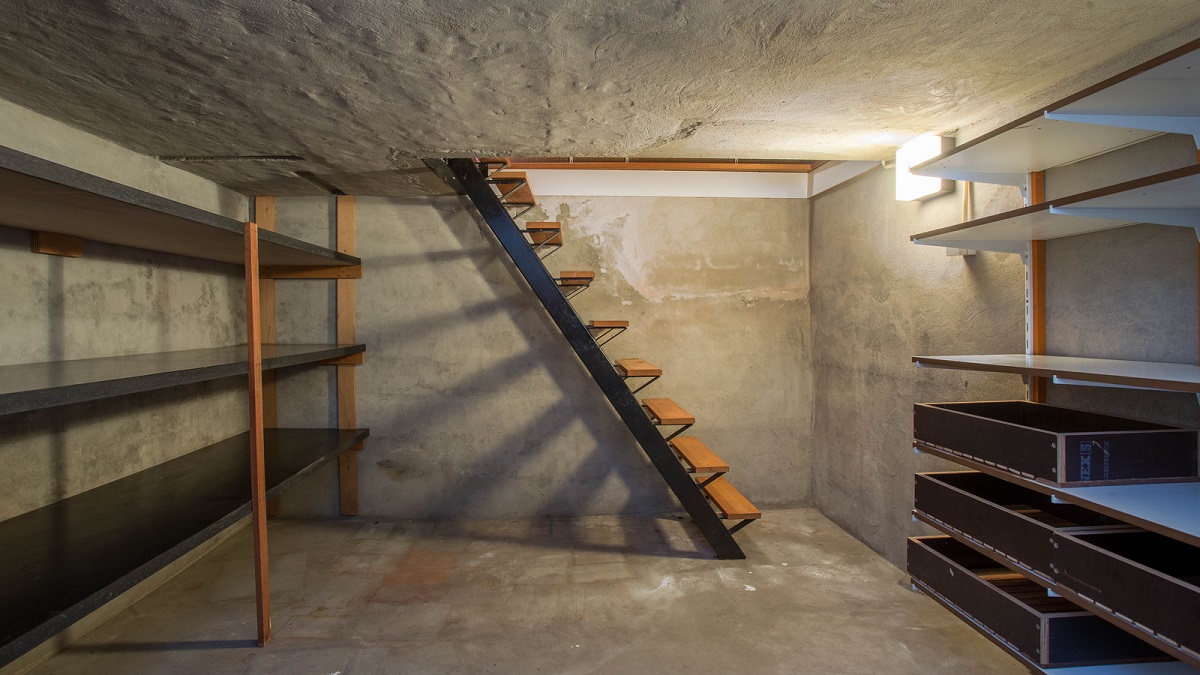
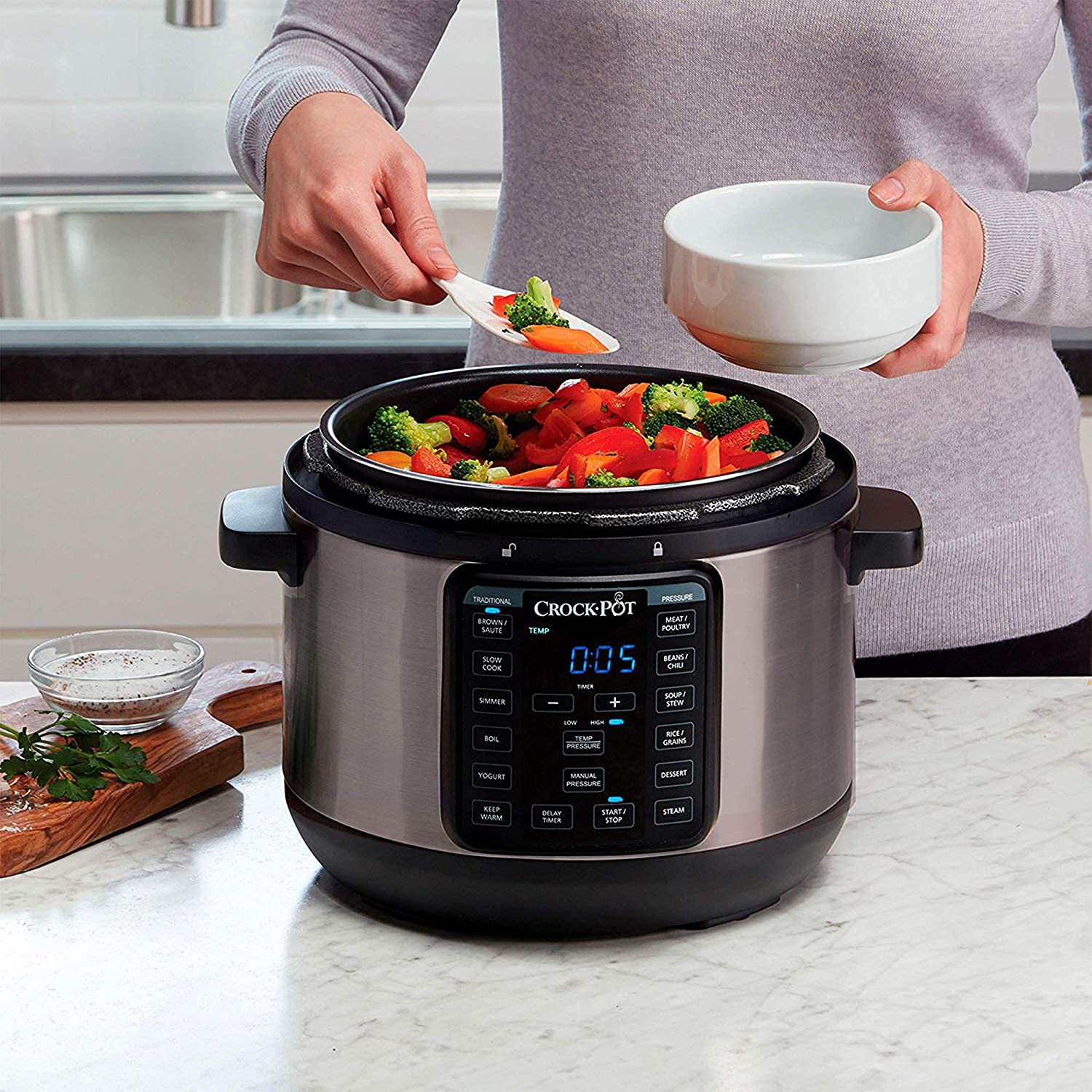
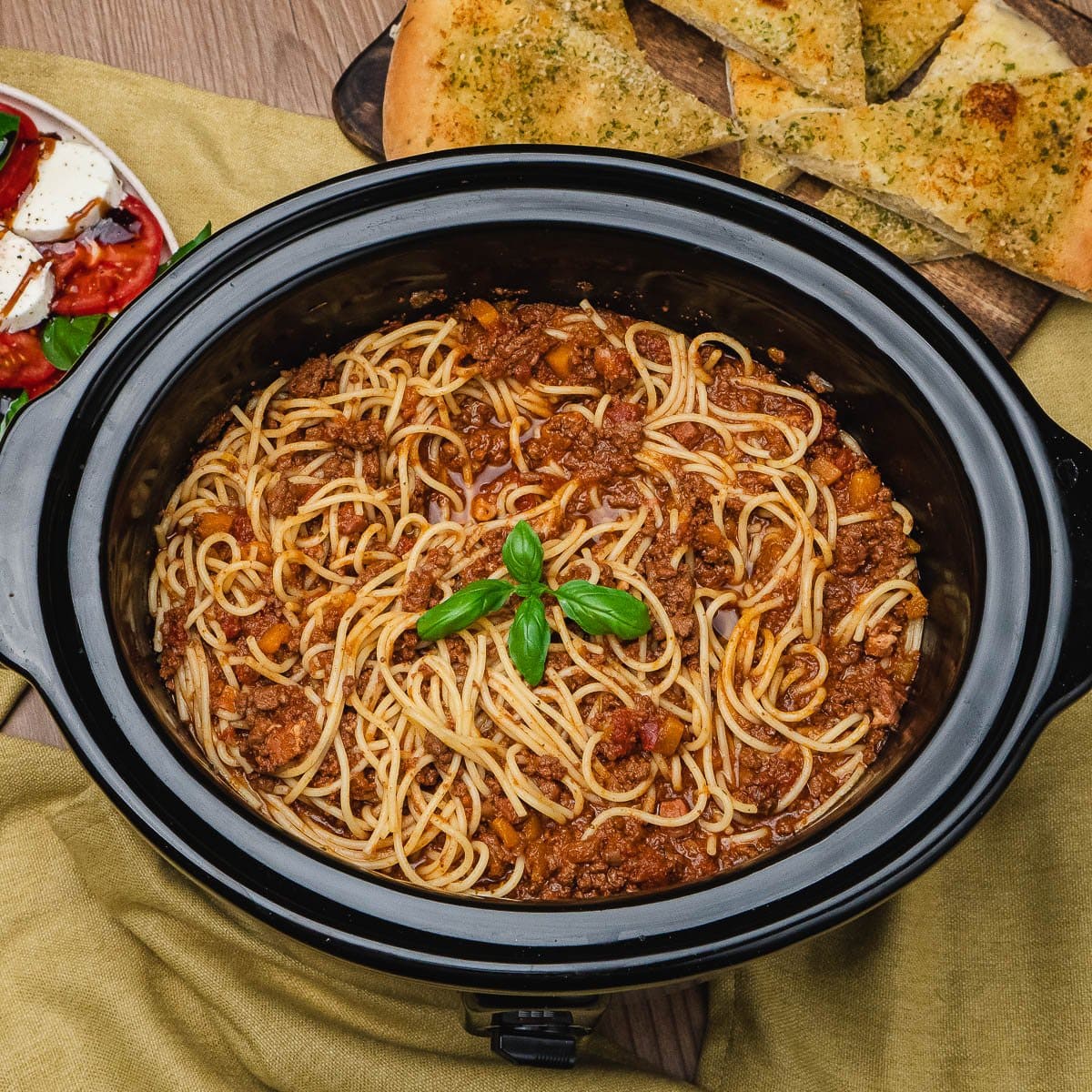
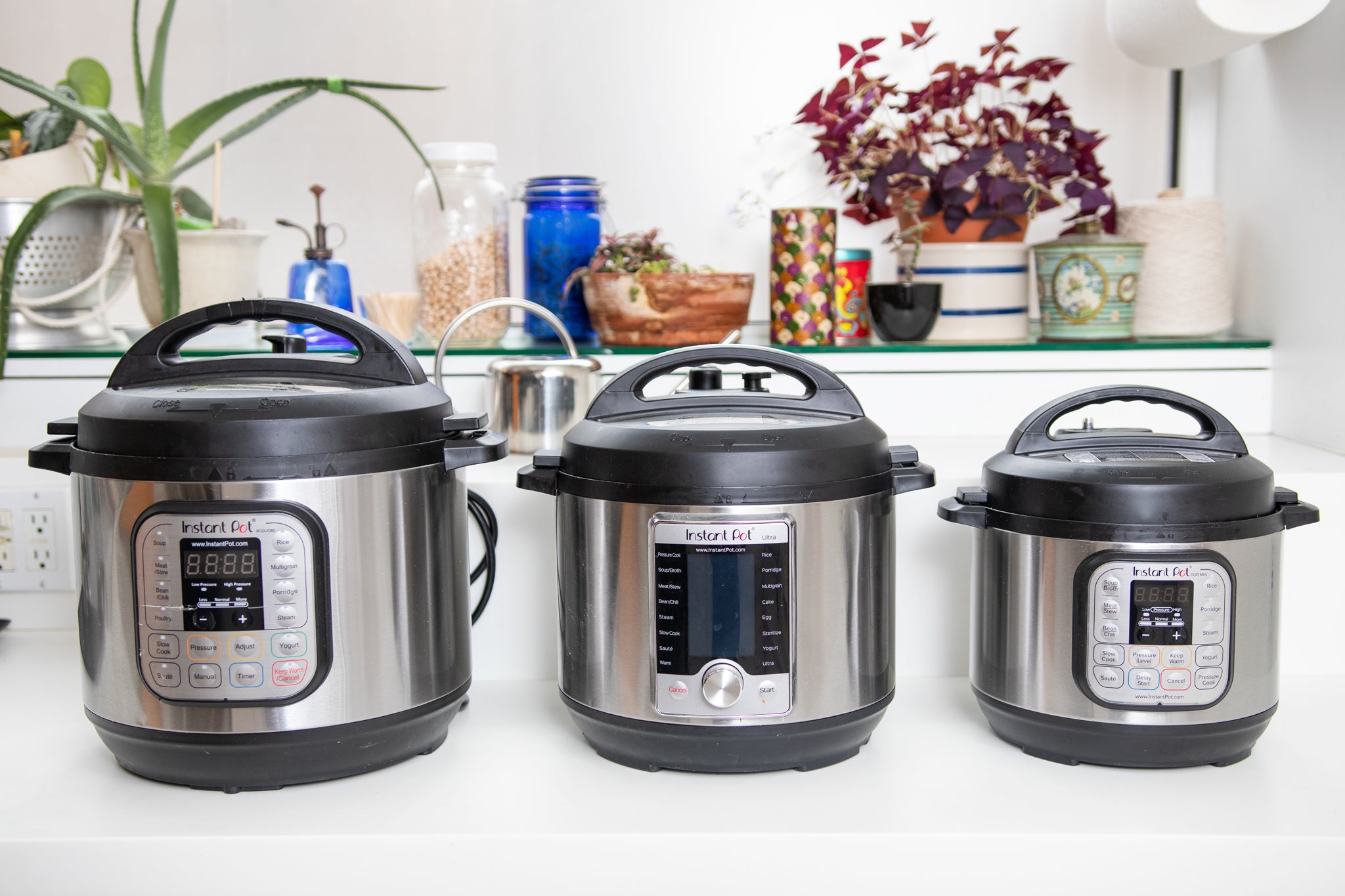
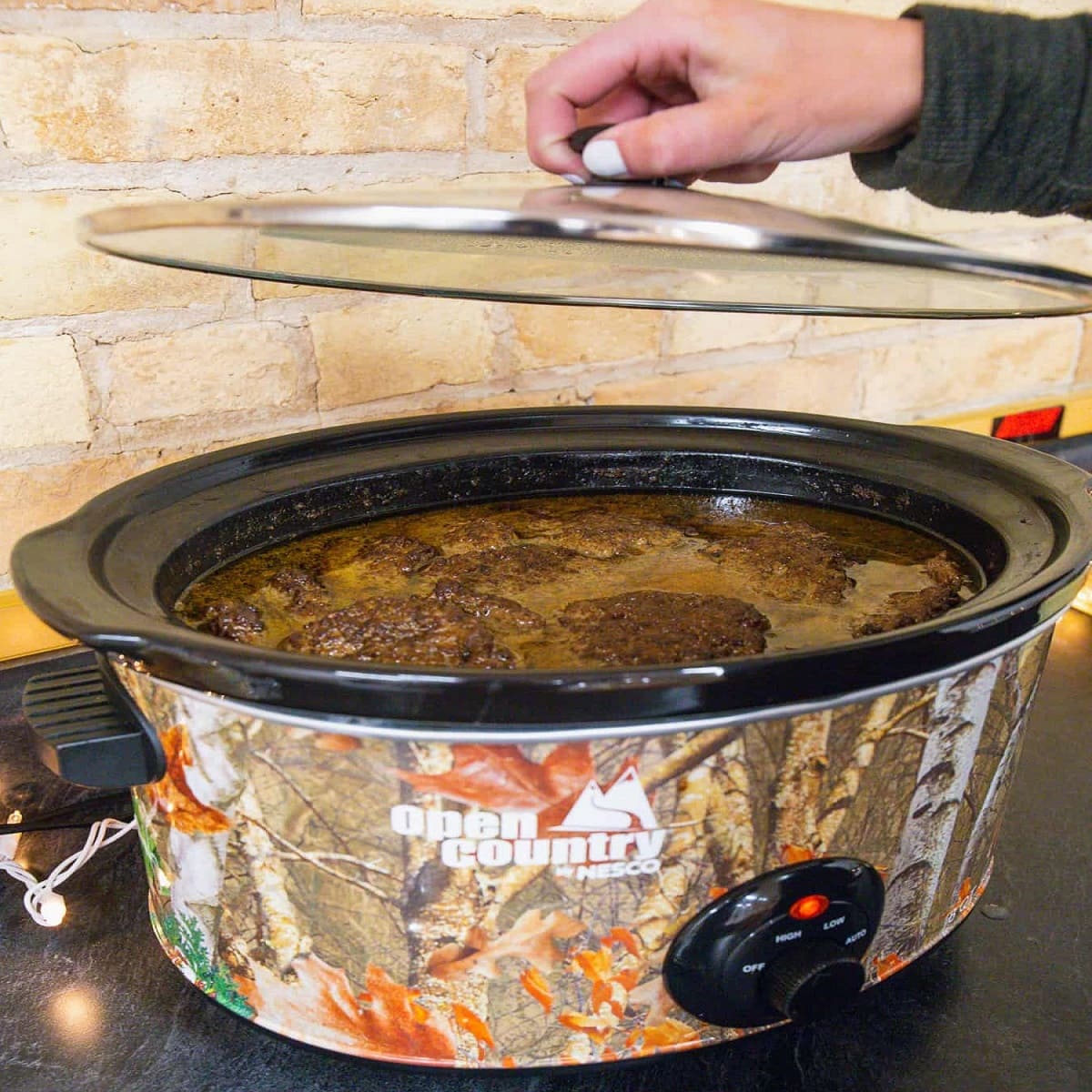
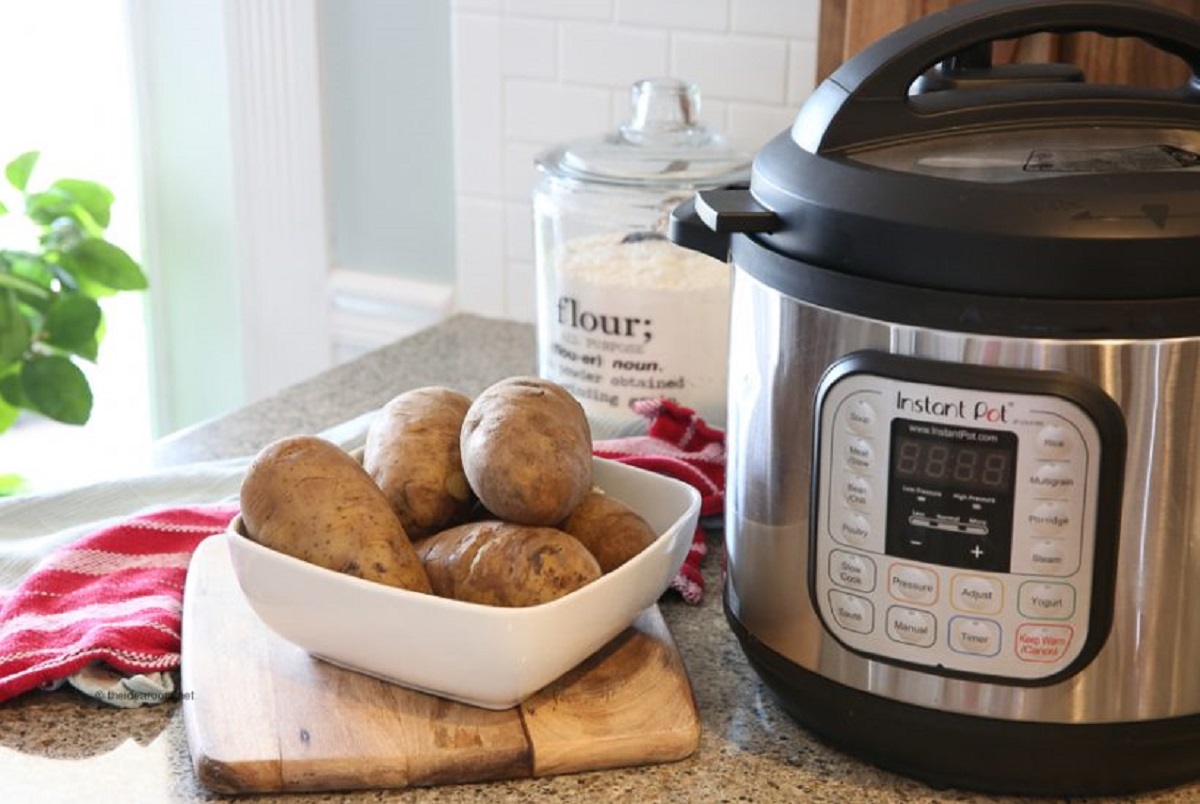
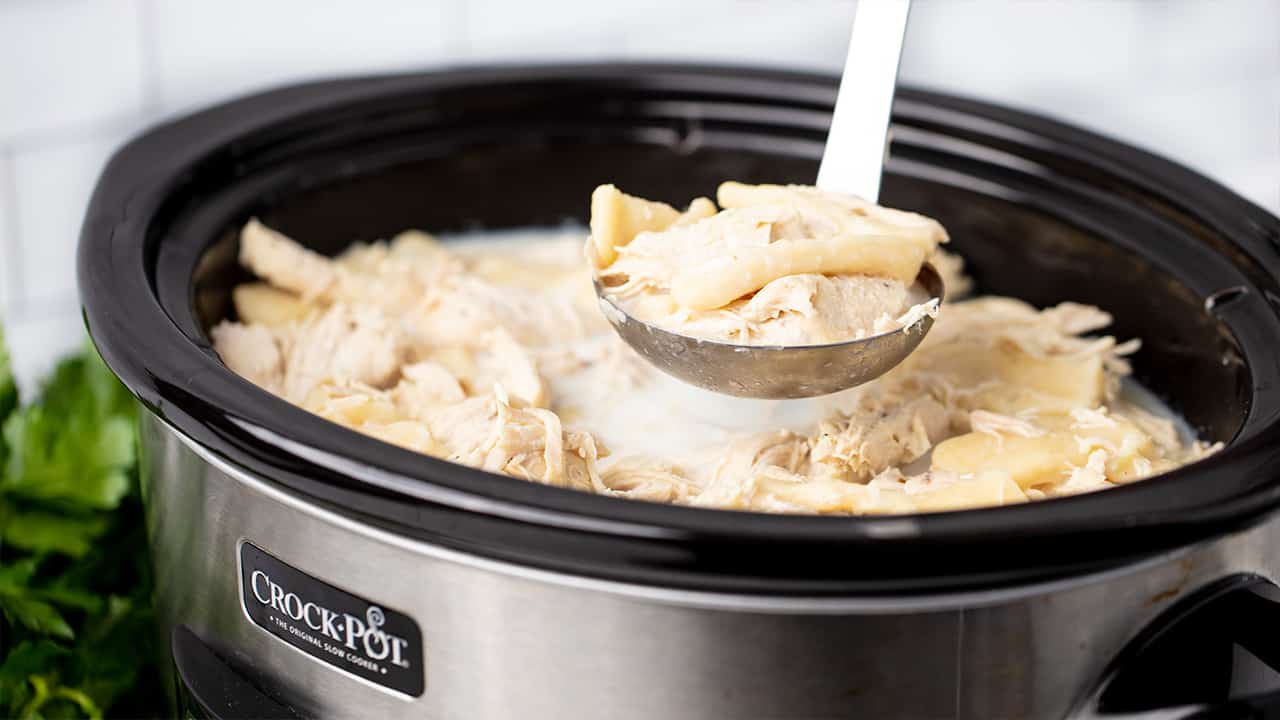
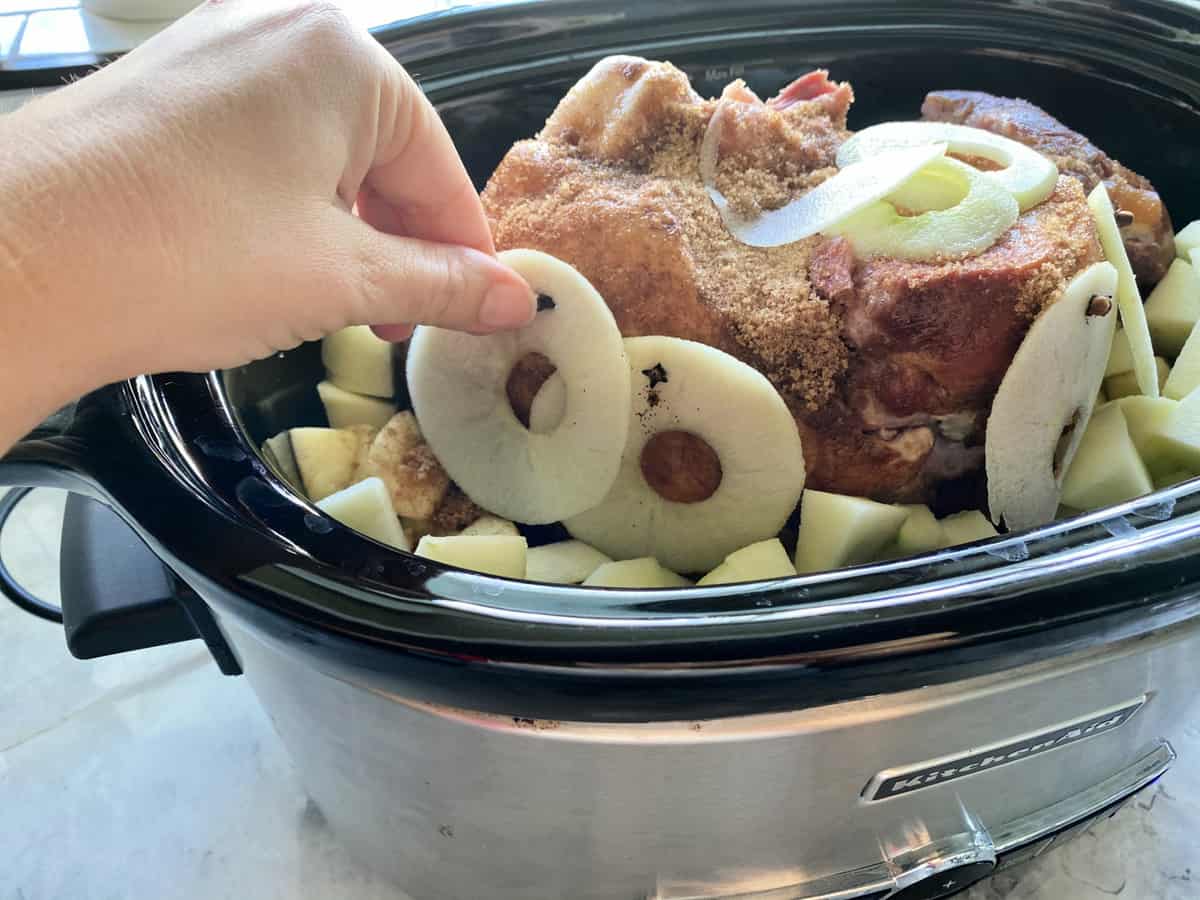
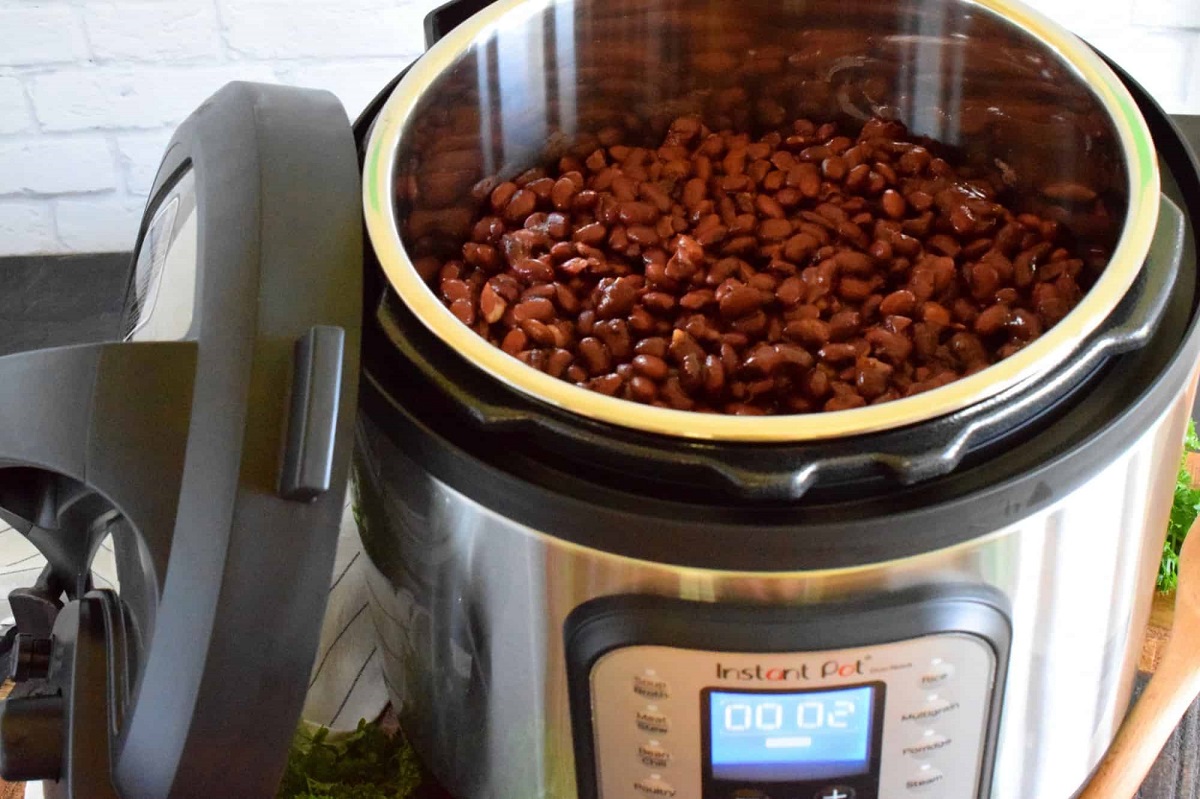
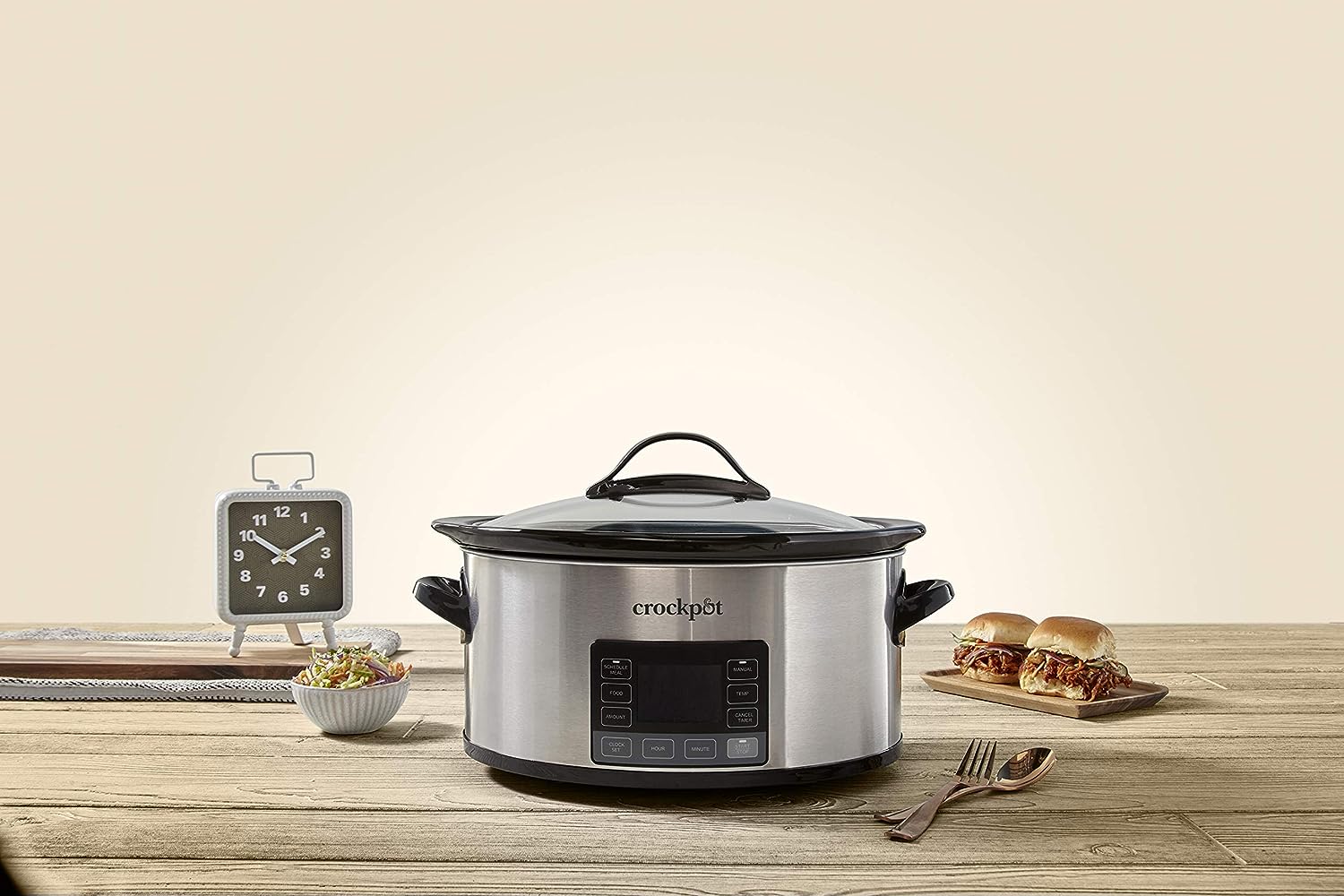
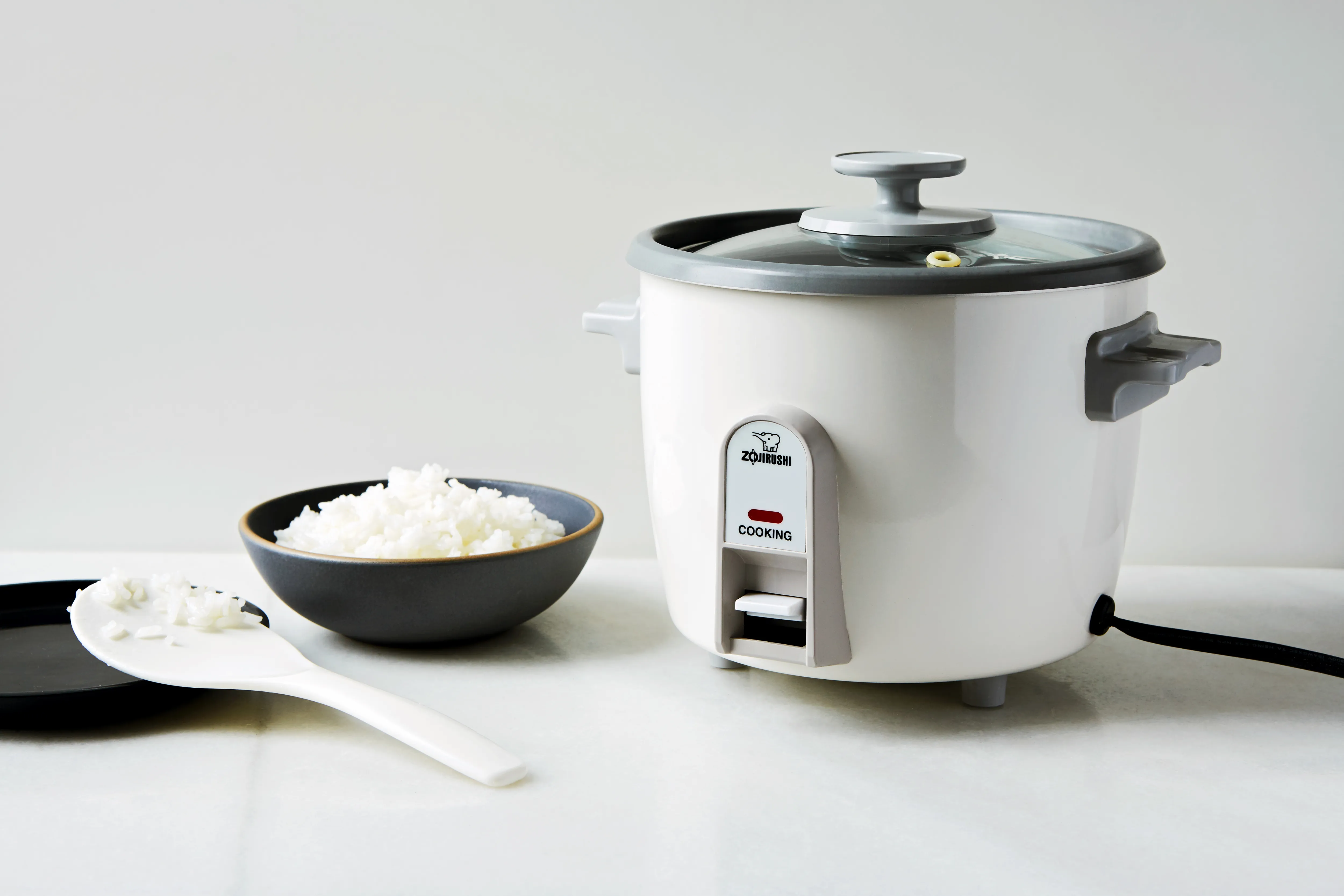
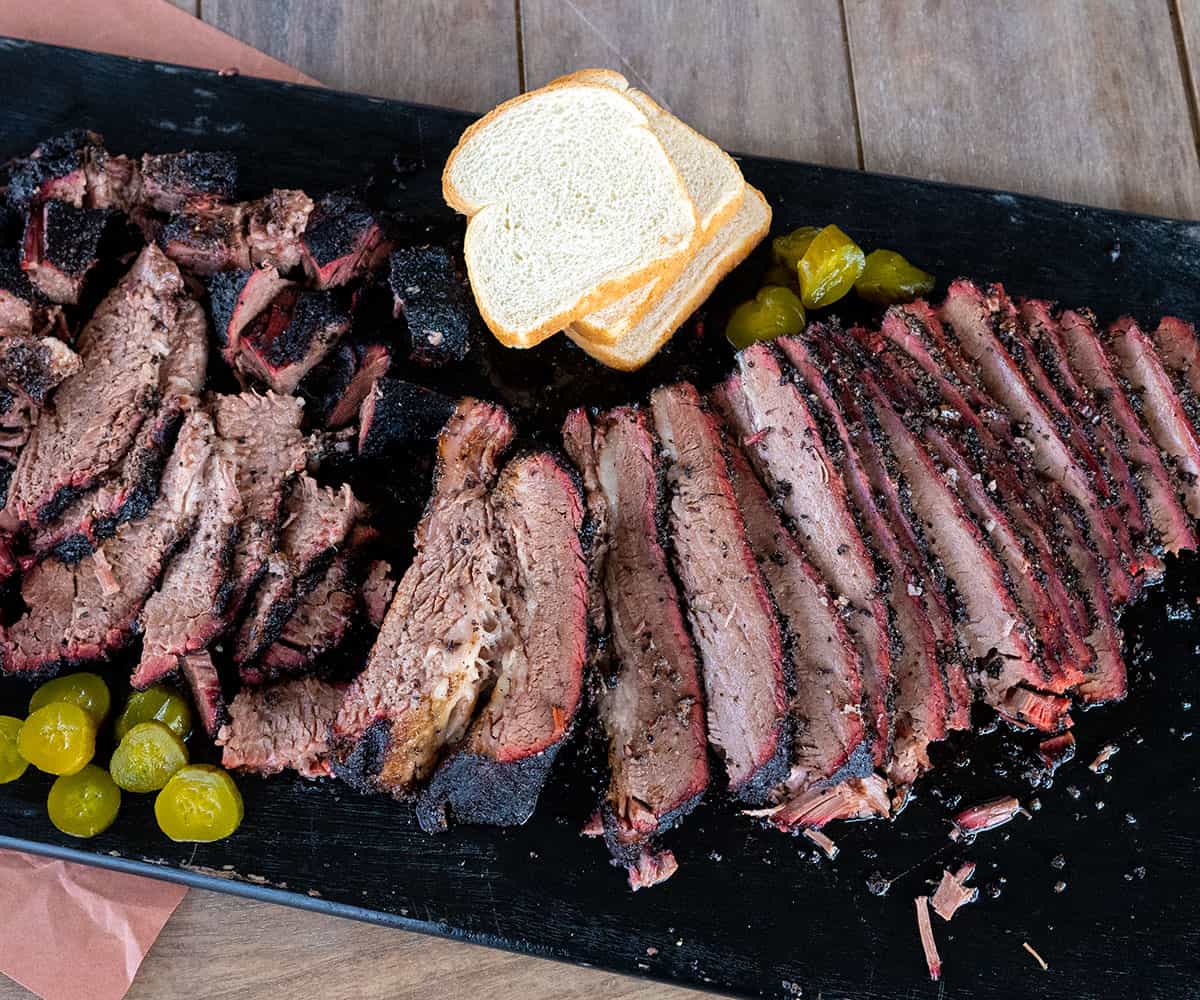
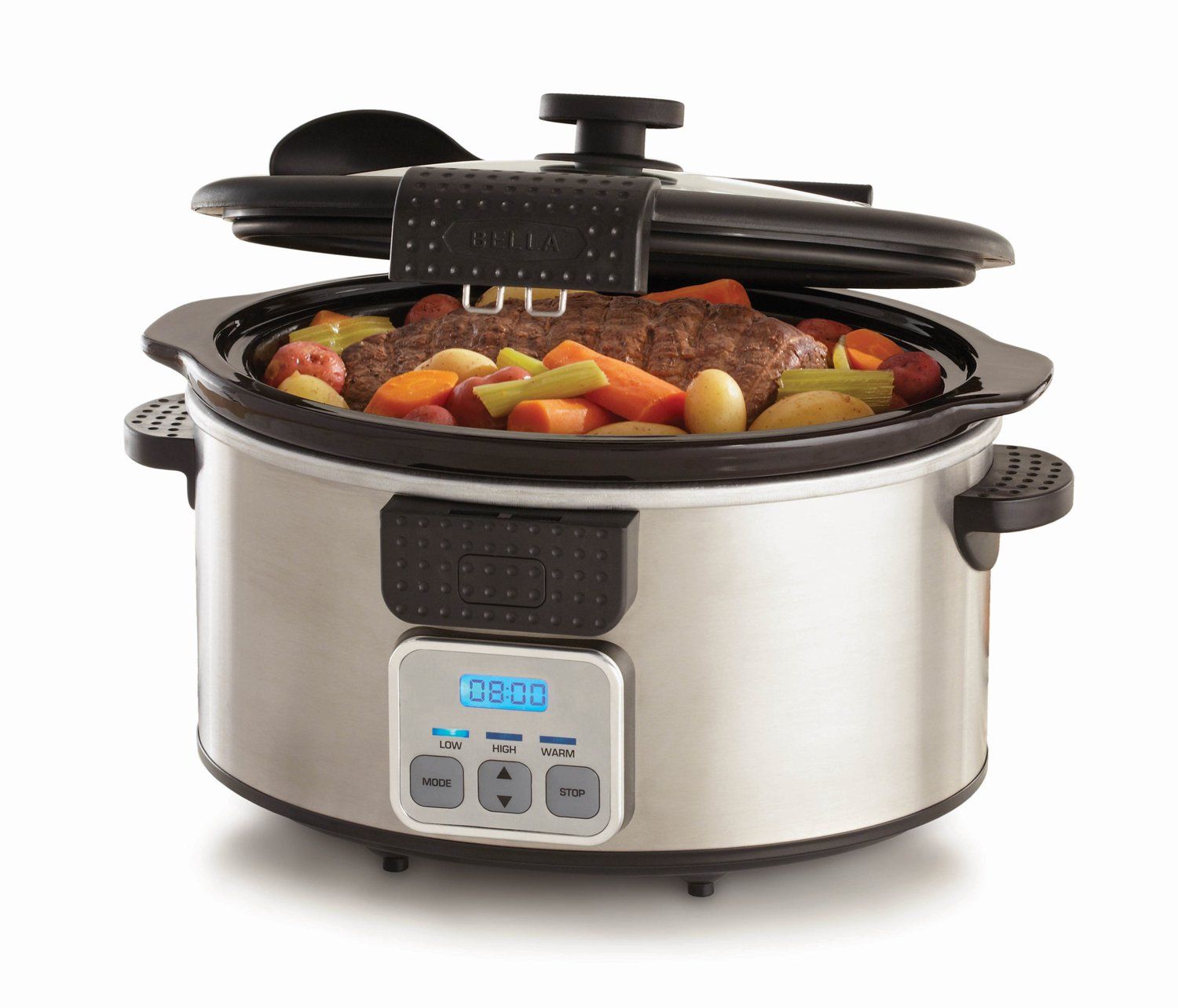

0 thoughts on “How Do I Cook A Brisket In A Slow Cooker”